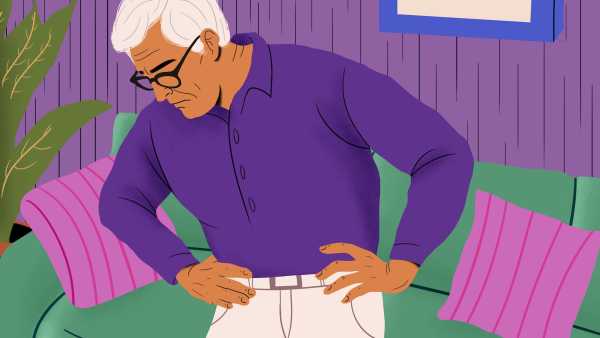Shi Zhengli received a chilling phone call six months ago today, calling her back to Wuhan in China, after the first coronavirus patients presented themselves at hospital
-
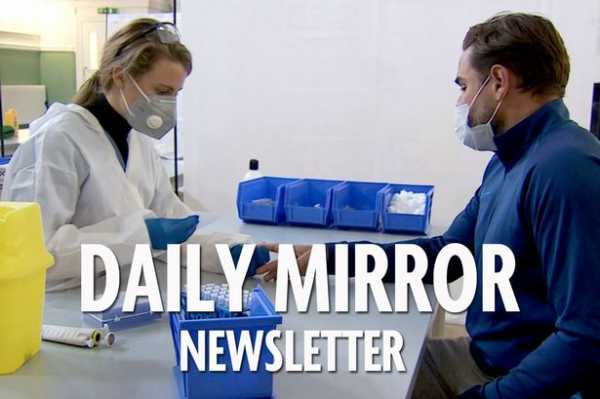
Coronavirus briefing newsletter – a daily update with everything you need to know
-
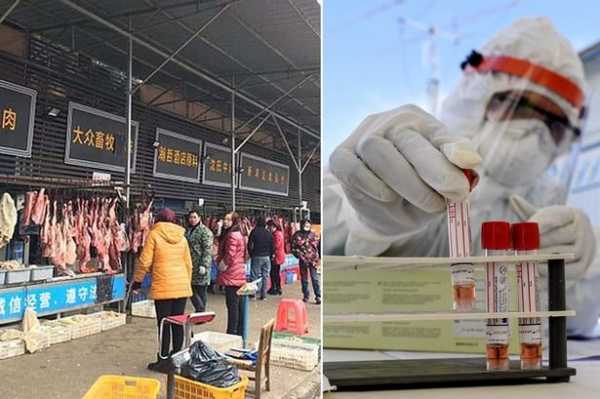
Wuhan wet market 'was not where coronavirus started but was super-spreader site'
-
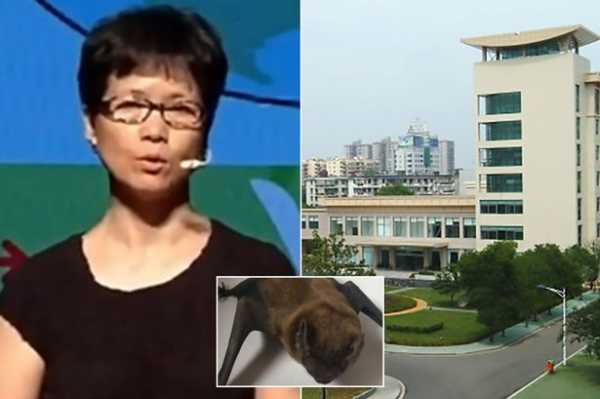
'Bat Woman' scientist warns about fresh pandemic caused by viruses evolving
-
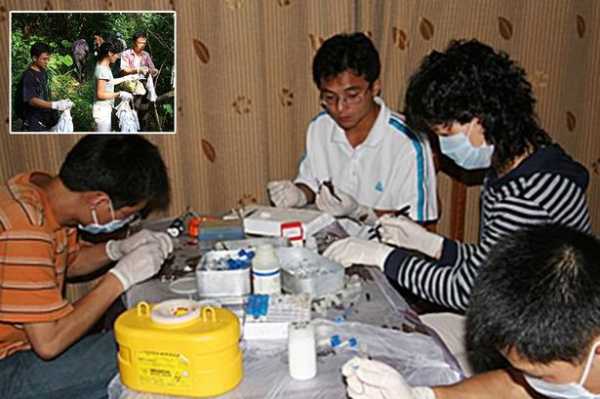
Coronavirus: Photos of unprotected Wuhan scientists taking bat swabs mysteriously vanish
-

China lied to world about coronavirus and hurt vaccine efforts, leaked dossier claims
-

Hackers target Wuhan lab in bid to uncover 'truth' about coronavirus
-

UK pulls China from coronavirus death toll comparison amid claims of cover up
-
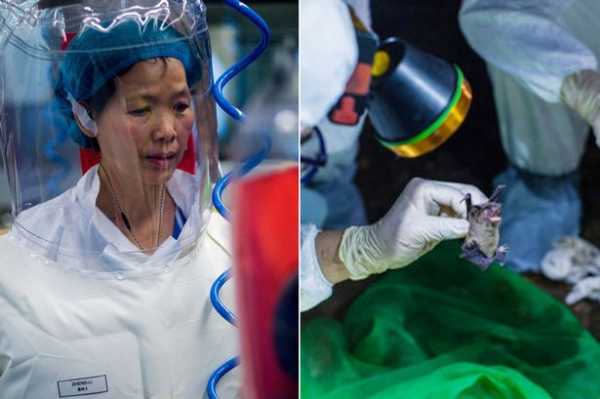
Chinese 'bat woman' scientist says her Wuhan lab wasn’t source of new coronavirus
-

Photos inside Wuhan lab show broken seal on unit containing bat coronavirus
-
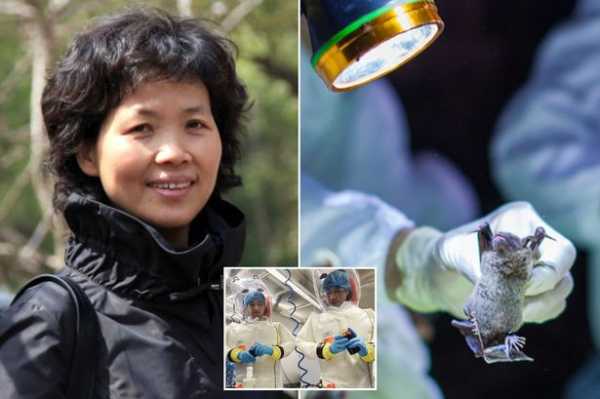
China 'hid work of "Bat Woman" scientist who unlocked coronavirus gene'
-
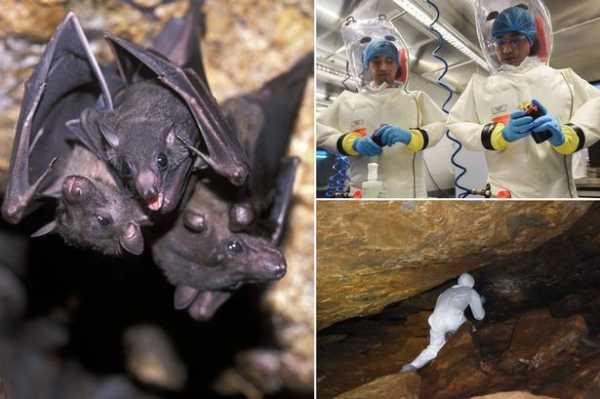
Wuhan lab 'was experimenting on bats' from cave 'where coronavirus may have originated'
-
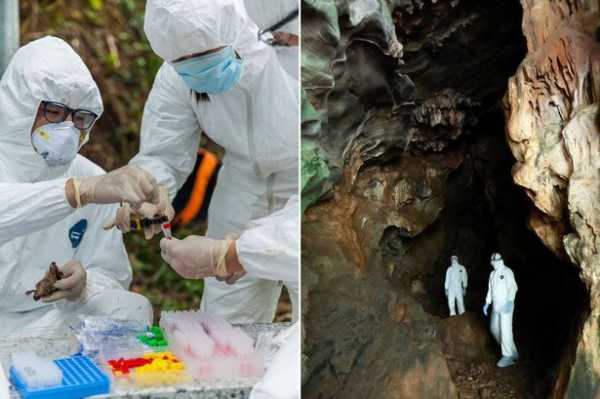
Coronavirus hope as secret bat cave found with people living nearby immune to viruses
-

World's most fertile woman
-

Inside Robbie and Gary's feud
-

Amir Khan's unusual living arrangement
Six months ago today, Shi Zhengli received the phone call she had been dreading her entire career.
The virologist, who is based in Wuhan, was out of the city at a conference when she received a call telling her to get back to her lab immediately.
Two hospital patients had an unusual type of pneumonia and the Wuhan Center for Disease Control and Prevention needed Zhengli's expertise amid fears this new strain of the virus could be a deadly risk to public health.
Her director told her to "drop whatever you are doing and deal with it now" and she was immediately on a train back to the lab in Wuhan.
These were the first known cases of coronavirus and for two months Zhengli barely left her lab, working round the clock to learn all she could about Covid-19.
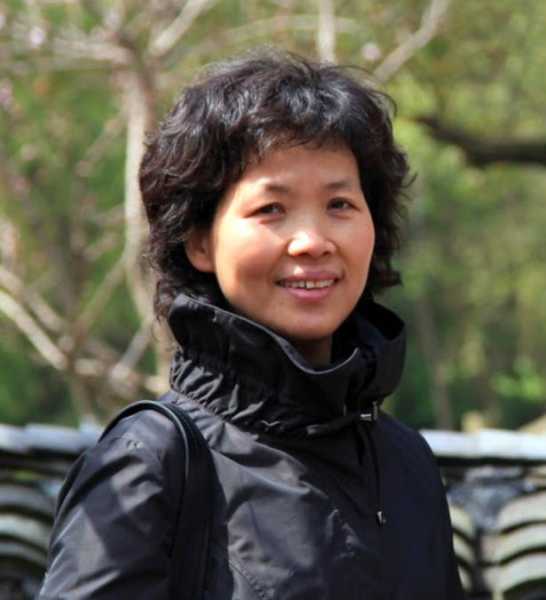
Shi Zhengli is the world's leading virologist on coronaviruses
Within days she and her team had discovered the coronavirus gene sequence but they were then 'muzzled' from revealing the truth about her incredible discovery in the fight against Covid-19.
This fuelled fears of a cover up by the Chinese authorities, who had failed to share information or issue warnings early on.
Ulitmately they also failed to contain a virus that emerged in Wuhan and then spread around the world, leading to hundreds of thousands of deaths.
Chinese journalist Gao Yu said he spoke to Shi during his incarceration in Wuhan, which was locked down for more than two months, and she told him her findings were hushed up, the Mail on Sunday reported.
The journalist explained: "We learned later her institute finished gene-sequencing and related tests as early as January 2 but was muzzled."
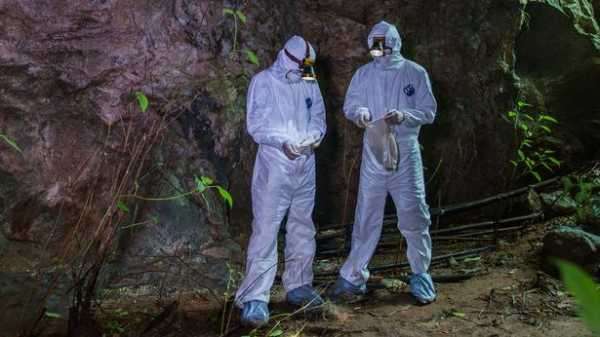
Zhengli has been examining bats for 16 years
(Image: EcoHealth Alliance)
The information about gene sequencing wasn't made public until a week later.
She identified it as a novel coronavirus and within three days had completed its gene sequencing, finding that it was 96 per cent identical to a virus found in horseshoe bats in Yunnan, a process which can take months if not years.
Amplifying the genetic material of the virus using the polymerase chain reaction technique Zhengli and her team found five of the infected patients had the same genetic sequences found in all coronaviruses.
But even after her incredible disocvery, there was one horrifying fear gnawing away at Zhengli – had the virus somehow been leaked from her lab.
In the 16 years she had been working with bats, Zhengli had found the subtropical areas of China posed the biggest risk for the coronavirus being transmitted from animals to human – not the centre of the country where Wuhan is located.

The virus is believed to originate in bats
She said: "I had never expected this kind of thing to happen in Wuhan, in central China. I remember thinking 'could they have come from our lab?'"
Over the next few worrying days it emerged it did not seem to be a leak and the virus had likely had several previous, small, outbreaks before emerging in Wuhan at one of the city's controversial wildlife markets.
Zhengli wrote on Chinese social media in February: "I guarantee with my life that the virus has nothing to do with my lab."
Animals are sold, slaughtered and skinned, as customers browse the stalls in the markets, which have now been closed in the wake of the coronavirus pandemic.
It would also seem there had been just one point where the virus had passed from animals to human and had then spread through human to human contact – until it covered the world.
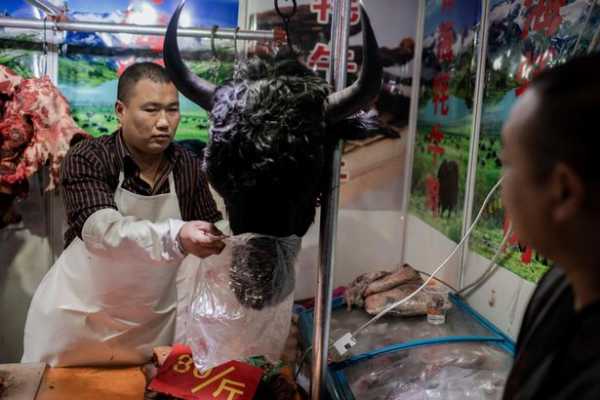
China's wet markets have been closed down
(Image: AFP via Getty Images)
They sell a range of creatures, such as bats, civets, pangolins, badgers and crocodiles, although Zhengli and her team believe the virus came directly from the bats themselves.
Almost two months after the first cases of the virus emerged in Wuhan, China permanently banned wildlife consumption and trade.
It is estimated this will forced 14million people out of work and cost the Chinese economy about £60billion.
For Zhengli the disocvery of the coronavirus gene sequence is the culmination of more than 16 years work, which has made her one of the world's leading scientists in her field.
Zhengli is one of the world's top researchers on coronaviruses and has discovered dozens of deadly SARS-like viruses in bat caves.

Zhengli is one of the world's top researchers on bats
(Image: EcoHealth Alliance)
Her work started in the wake of SARS, which first emerged in 2002 and killed thousands. Since 2004 there have been no known cases of the virus.
She studied samples taken from some of the first people to become infected with the new and then-mysterious respiratory illness in China in December and found it was similar to SARS.
But it did start a global push to learn more about coronaviruses and Zhengli was part of the early teams who travelled to remote locations to study bats in caves.
For months, work on the epedition was relentless with the team waking at dusk to work ovrnight when the bats had left the caves to hunt for food.
They would collect blood, saliva and fecal swabs before grabbing a few hours sleep only to return the following morning to collect urine.
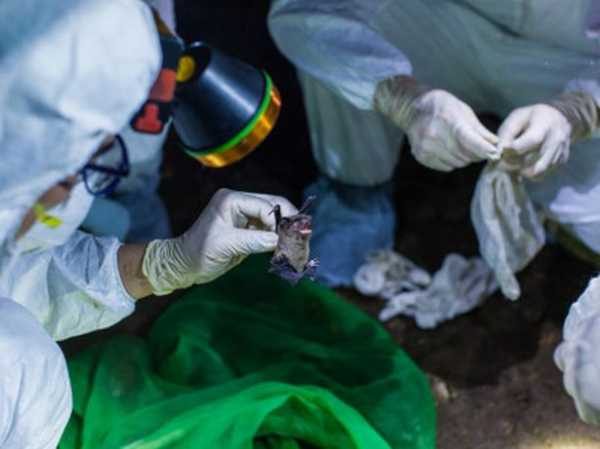
She has been on many expeditions to see the bats in their natural habitats
(Image: EcoHealth Alliance)
For weeks there was no sign of coronavirus in the DNA that had been collected.
Zhengli was heartbroken. She said: "Eight months of hard work seemed to have gone down the drain. We thought coronaviruses probably did not like Chinese bats."
It was as the team were about to return home that they were thrown a lifeline by another lab, who gave them a diagnostic kit for testing antibodies produced by people with SARS.
Admitting she didn't have high hopes it would work, Zhengli said she had nothing to lose by testing the samples and the results were incredible and was a turning project for the scheme.
Antibodies against SARS were found in three species of horseshoe bats, which meant they were one step closer to finding the genetic code.
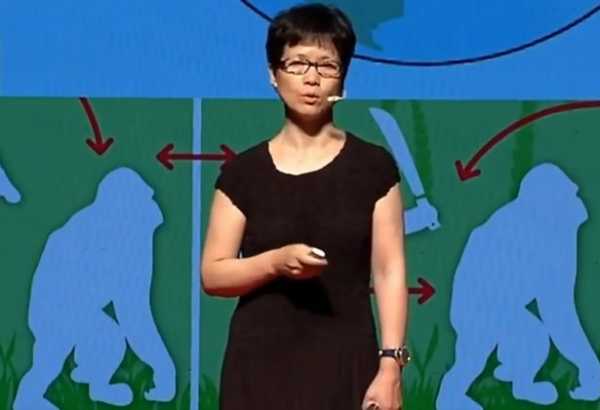
Virologist Shi Zhengli has warned of future pandemics
(Image: AsiaWire)
After testing a huge number of sites, the team then narrowed their search down to the outskirts of Kunming, the capital of Yunnan and for the next five years they targeted their research on that area.
One cave seem to be the SARS source and with the high volume of bats meant there was a risk new strains of a coronavirus could evolve from there.
They also found that the virus could spread to those who weren't directly handling the animals. People living in a nearby village had seen bats flying around. Six people had suffered from symptoms similar to SARS.
And as humans increasingly encroach on areas that have previously been the domain of the natural world, Zhengli fears the risk of infections spreading also go up.
Best selection of long reads from Mirror Online
This coupled with the movement of wildlife and livestock around the world, along with increased long-haul travel, creates conditions perfect for the potential spread of a pandemic
Last year Zhengli and her team published a study warning of the potential of a bat-borne pandemic. Little did they know just 12 months later their doomsday predictions would come true.
Bats are believed to have responsible for six outbreaks of coronaviruses, including the Covid-19 pandemic, but experts insist problems only occur when people come into contact with the creatures themselves.
Zhengli describes the Wuhan outbreak as a "wake-up call" for the world and work is now taking place around the globe to find a way to prevent another pandemic.
And while she has now quit her life on the frontline of expeditions to find the source of the new strains of the virus, Zhengli has a chilling warning for what's to come.
She said: "What we have uncovered is just the tip of an iceberg. The mission must go on. Bat-borne coronaviruses will cause more outbreaks and we must find them before they find us."
Zhengli published a new paper, which has not yet been peer reviewed, that she said strengthened her arguments that the coronaviruses were evolving so they could be transmitted from bats to humans more easily.
Sourse: www.mirror.co.uk


